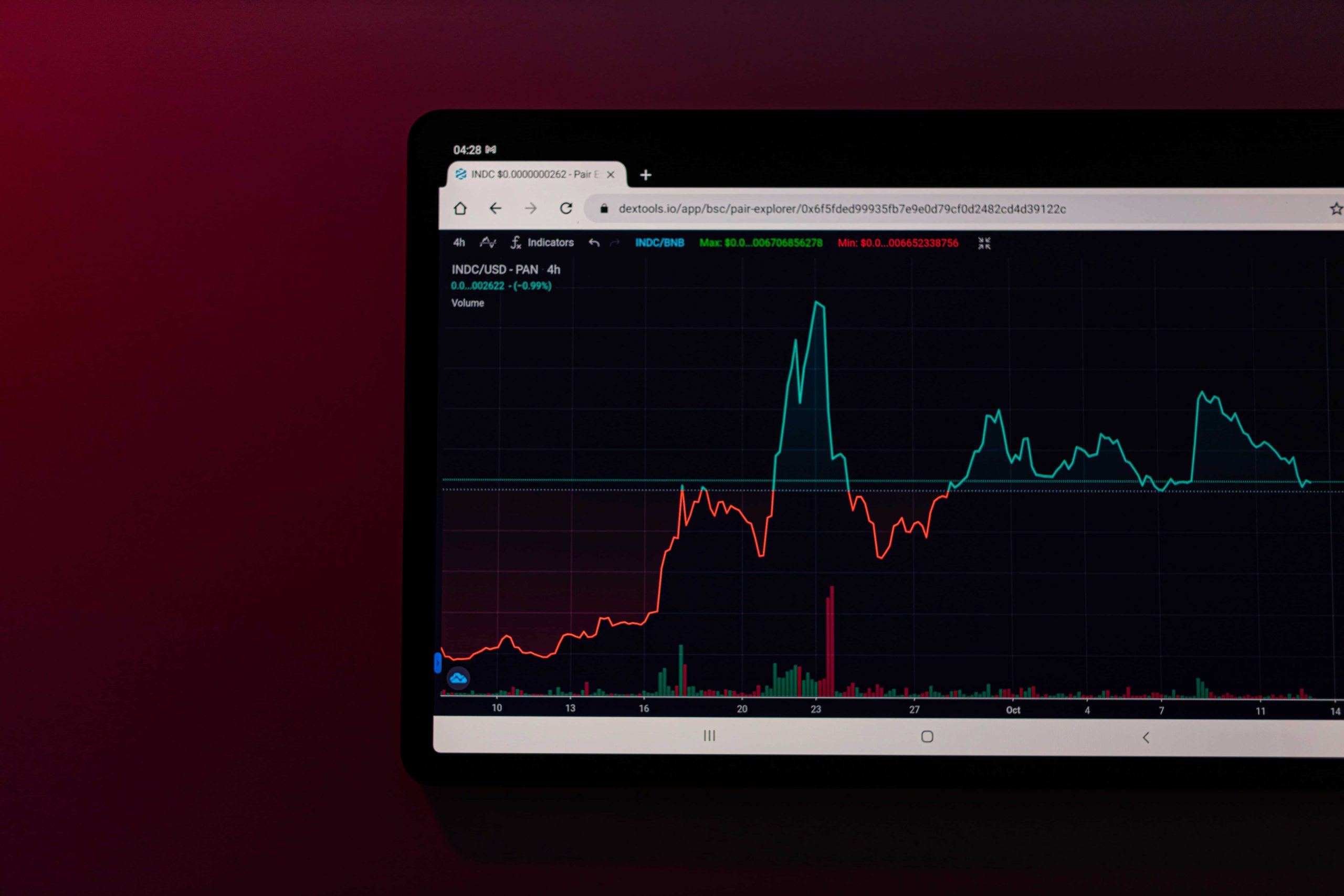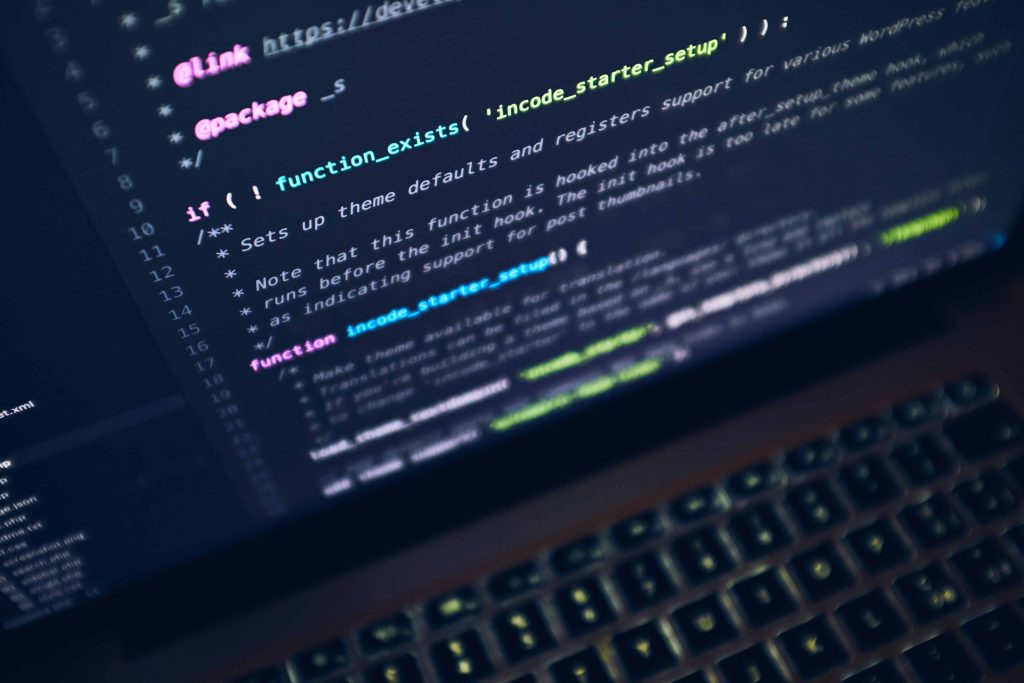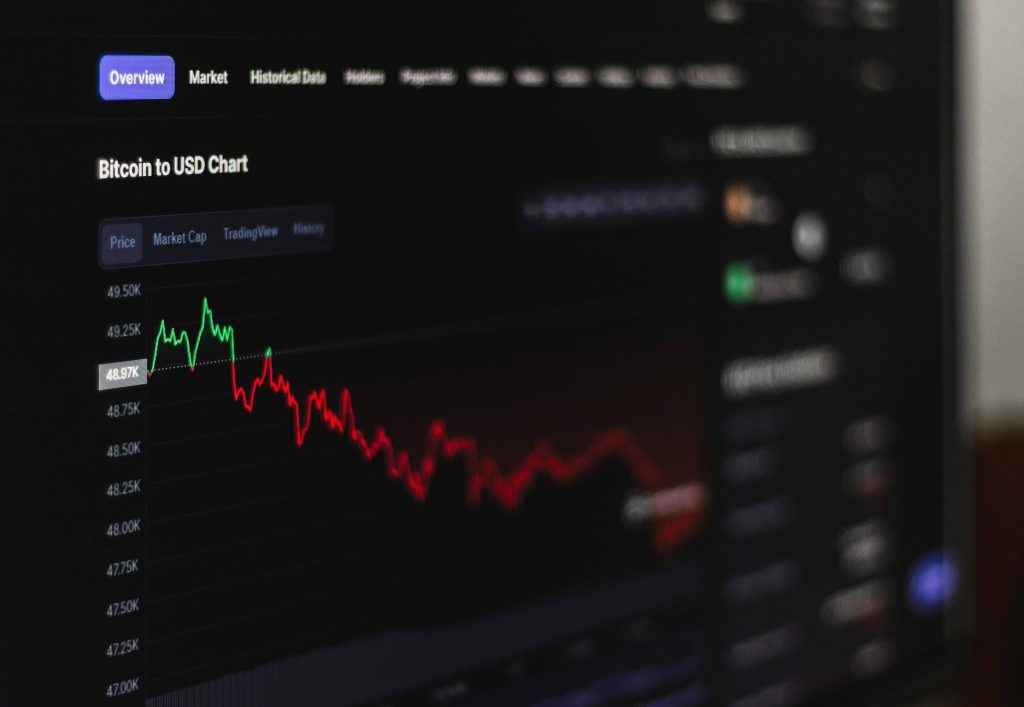
29 Jun Navigating the Future: Understanding Global Web3 Regulations
Introduction
Web3, often referred to as the next generation of the internet, is built on the principles of decentralization and user ownership. Unlike traditional web technologies, which are controlled by centralized entities, Web3 leverages blockchain technology to distribute power and data ownership across a network of users. This paradigm shift aims to create a more transparent, secure, and equitable digital ecosystem.
However, the decentralized nature of Web3 presents unique regulatory challenges. Traditional regulatory frameworks, designed for centralized systems, struggle to address the nuances of decentralized applications (dApps), cryptocurrencies, and other Web3 innovations. As a result, governments and regulatory bodies worldwide are grappling with how to effectively regulate this burgeoning space without stifling innovation.
The Balancing Act of Web3 Regulation
Regulating Web3 involves a delicate balance between mitigating risks and fostering innovation. On one hand, the absence of regulation can lead to rampant fraud, money laundering, and other illicit activities. On the other hand, overly stringent regulations can stifle innovation, driving developers and entrepreneurs to more lenient jurisdictions.
Need for Regulation
- Mitigating Risks: The pseudonymous nature of blockchain transactions can facilitate illicit activities. Regulatory measures are necessary to prevent fraud and money laundering and ensure consumer protection.
- Fostering Innovation: Regulation should also create an environment where innovation can thrive, providing clear guidelines that enable businesses to develop and deploy new technologies confidently.
Limitations of Traditional Regulatory Frameworks
- Centralized Focus: Traditional regulations are built around centralized entities, which are easier to monitor and control. In contrast, Web3’s decentralized nature disperses power and data, making it difficult to enforce conventional regulations.
- Global Nature: Web3 technologies operate on a global scale, often transcending national borders. This global nature complicates jurisdictional enforcement and requires international cooperation and harmonization of regulations.
Global Approaches to Web3 Regulation
Different regions around the world are adopting varied approaches to regulating Web3, reflecting their unique legal, economic, and cultural contexts.
Europe: MiCA Regulation
Europe has taken significant strides in regulating Web3 through the Markets in Crypto-Assets (MiCA) regulation. MiCA aims to create a comprehensive regulatory framework for crypto-assets, focusing on:
- Consumer Protection: Ensuring that investors have access to accurate information and that their rights are protected.
- Financial Stability: Mitigating risks associated with crypto-assets to maintain financial stability within the European Union.
Asia: Japan’s Focus on Data Privacy
Japan is adapting its existing regulations to accommodate Web3, with a particular focus on data privacy. Japanese regulations emphasize:
- User Data Protection: Ensuring that personal data is handled securely and in compliance with strict privacy standards.
- Regulatory Adaptation: Modifying existing financial and data protection laws to address the specific challenges posed by Web3 technologies.
Other Regions
In the United States, regulatory approaches vary significantly across states, with some regions adopting more progressive stances while others remain cautious. The U.S. federal government is also working on establishing clearer guidelines for the Web3 space.
The Role of Self-Regulation in Web3
Self-regulation plays a crucial role in the Web3 ecosystem. Industry participants often collaborate to develop best practices and ethical codes that complement governmental regulations.
Industry Collaboration
- Best Practices: Developing guidelines that promote security, transparency, and ethical behavior within the industry.
- Ethical Codes: Establishing norms that foster trust and reliability among users and developers.
Complementing Government Regulations
Self-regulation can fill gaps left by government regulations, providing flexibility and rapid adaptation to technological advancements. By working together, the industry and regulators can create a balanced framework that supports innovation while protecting users.
Conclusion
The future of Web3 regulation will likely involve a collaborative approach between governments and industry participants. Adaptation and cooperation will be key in developing regulations that address the unique challenges of decentralization while fostering innovation. As the Web3 ecosystem evolves, it holds the potential to create a more open and inclusive financial system, democratizing access to digital services and empowering users worldwide.
Key Takeaways
Web3 Overview:
- Web3 is the next generation of the internet, emphasizing decentralization and user ownership through blockchain technology.
- It aims to create a more transparent, secure, and equitable digital ecosystem compared to traditional centralized systems.
Regulatory Challenges:
- Traditional regulatory frameworks struggle with the decentralized nature of Web3.
- Regulators face a balancing act between mitigating risks like fraud and money laundering, and fostering innovation without stifling it.
Need for Regulation:
- Regulations are necessary to prevent illicit activities and ensure consumer protection.
- Clear guidelines are needed to enable the confident development and deployment of new technologies.
Limitations of Traditional Frameworks:
- Traditional regulations are designed for centralized entities, making them less effective for decentralized systems.
- Web3’s global nature complicates jurisdictional enforcement, necessitating international cooperation and harmonization of regulations.
Global Approaches:
- Europe (MiCA Regulation): Focuses on consumer protection and financial stability within the EU.
- Asia (Japan): Emphasizes data privacy and regulatory adaptation to accommodate Web3.
- United States: Varies across states, with the federal government working on clearer guidelines.
Self-Regulation in Web3:
- Industry collaboration on best practices and ethical codes is crucial.
- Self-regulation complements government regulations, providing flexibility and rapid adaptation to technological advancements.
Future Outlook:
- A collaborative approach between governments and industry participants is essential.
- Regulations must adapt to the unique challenges of decentralization while promoting innovation.
- The evolving Web3 ecosystem has the potential to democratize access to digital services and empower users globally.
Frequently Asked Questions
Why is regulating Web3 challenging, and what are the main considerations for regulators?
Regulating Web3 is challenging due to its decentralized nature, contrasting with traditional centralized systems. Regulators must balance mitigating risks like fraud and money laundering with fostering innovation by providing supportive guidelines. The global nature of Web3 also complicates enforcement, requiring international cooperation and harmonization.
How are different regions approaching Web3 regulation, and what are some specific examples?
Regions adopt varied approaches to Web3 regulation. Europe’s Markets in Crypto-Assets (MiCA) regulation focuses on consumer protection and financial stability. Japan emphasizes data privacy, adapting laws to secure personal data and address Web3 challenges. In the U.S., regulatory approaches vary by state, with the federal government working on clearer guidelines.
What role does self-regulation play in the Web3 ecosystem, and how does it complement government regulations?
Self-regulation is crucial in Web3, where industry participants develop best practices and ethical codes. It adapts quickly to technological changes, filling gaps left by slower government regulations, and ensures security and trustworthiness while supporting innovation.
Gain insights into the mechanics behind liquidity pools and how they power decentralized exchanges (DEXs) and automated market makers (AMMs).




